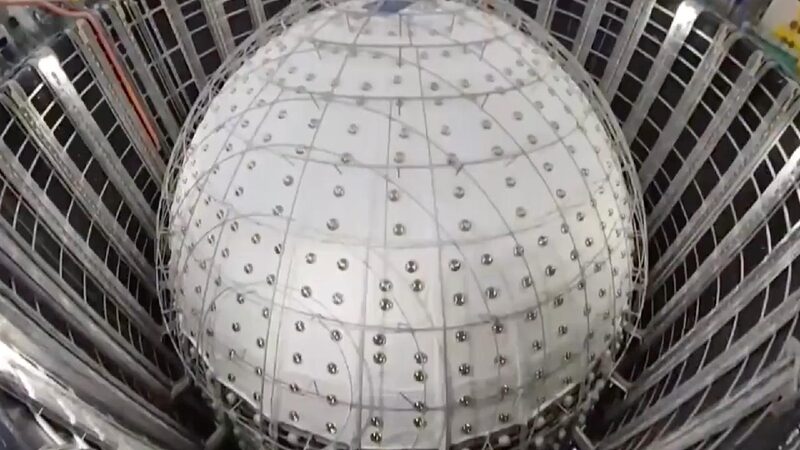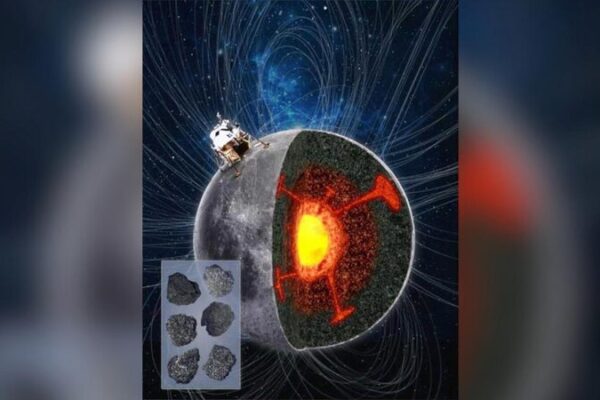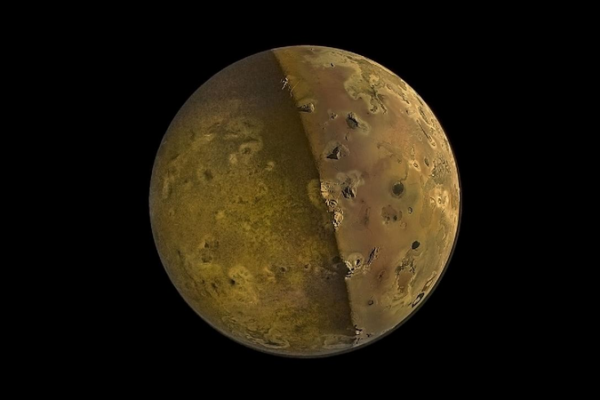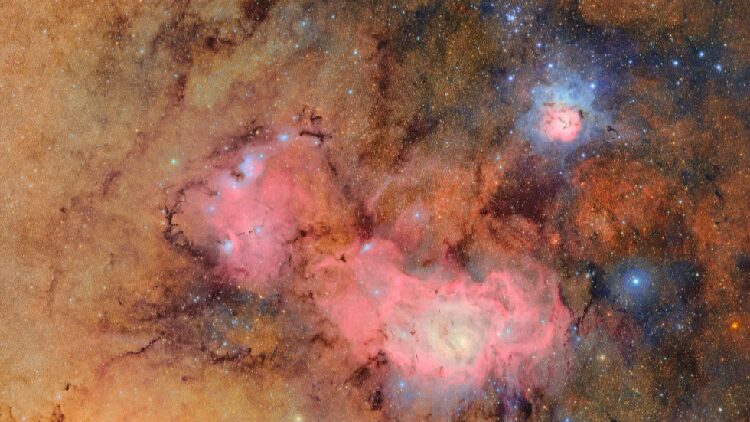After more than nine years of construction, China has completed the main body of the Jiangmen Underground Neutrino Observatory (JUNO), marking a significant milestone in the field of particle physics. Located 700 meters underground in Jiangmen City, Guangdong Province, JUNO is set to become the world’s largest transparent spherical detector designed to capture the elusive particles known as neutrinos.
Neutrinos, often dubbed “ghost particles” due to their weak interactions with matter, hold the key to unlocking many of the universe’s deepest secrets. By studying them, scientists hope to gain insights into the fundamental properties of the universe, from the infinitesimally small to the infinitely vast.
The observatory features an impressive infrastructure: a 44-meter-deep underground tank housing a stainless steel mesh shell with a diameter of 41 meters, and an organic glass sphere measuring 35.4 meters across. Surrounding this setup are 45,000 photomultiplier tubes, essential components that detect the faint flashes of light produced when neutrinos interact with the liquid scintillator inside the detector.
With the installation of these photomultiplier tubes now complete, JUNO is on track to begin operations next year. Its primary mission is to determine the neutrino mass hierarchy—a fundamental question in particle physics. As neutrinos pass through the detector, a tiny fraction will interact with the liquid scintillator, emitting scintillation light that will be captured by the photomultiplier tubes. This data will help scientists understand the ordering of neutrino masses and explore new physics beyond current theories.
The completion of JUNO represents a significant achievement for China’s scientific community and a major step forward in the global effort to advance our understanding of the universe. Young aspiring scientists around the world can look forward to the groundbreaking discoveries that JUNO is poised to make in the coming years.
Reference(s):
cgtn.com








